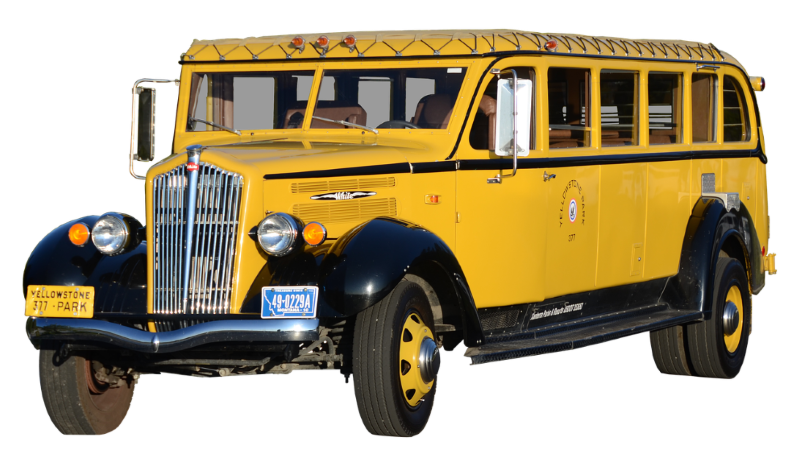Size and Weight: Buses are larger and heavier than cars, which can provide an advantage in terms of safety. The size and weight of a bus make it less susceptible to certain types of collisions or being pushed around by external forces.
Structural Integrity: Buses are designed with reinforced structures to withstand crashes and provide better protection to passengers. They often have strong frames and safety features such as roll cages, making them more resistant to impact forces.
Professional Drivers: Bus drivers typically undergo specialized training and licensing requirements to operate buses. Their professional training often emphasizes safety, defensive driving techniques, and maintaining control in various traffic situations.
Safety Regulations: Buses are subject to stringent safety regulations imposed by transportation authorities. These regulations cover aspects such as vehicle maintenance, driver qualifications, maximum driving hours, and adherence to safety standards. Regular inspections and maintenance checks help ensure that buses remain in good working condition.
Safety Features: Buses are equipped with various safety features such as seat belts, airbags, and anti-lock braking systems (ABS). Some buses may also have additional safety measures like stability control systems and emergency exit windows.
Reduced Speed: Buses generally travel at lower speeds compared to cars on highways and major roads. This reduced speed can mitigate the severity of accidents and provide more reaction time for drivers to avoid collisions.
Professional Oversight: The operation of buses is often governed by transportation companies or public transit authorities, which have safety protocols, supervision, and management systems in place. This oversight can help ensure compliance with safety standards and address any issues promptly.

